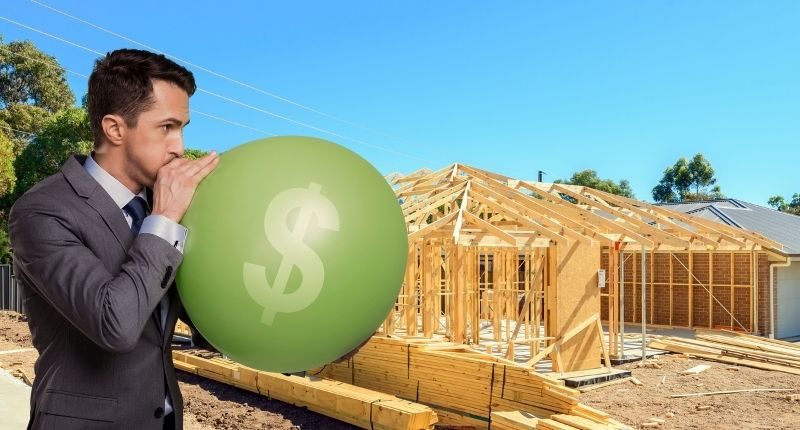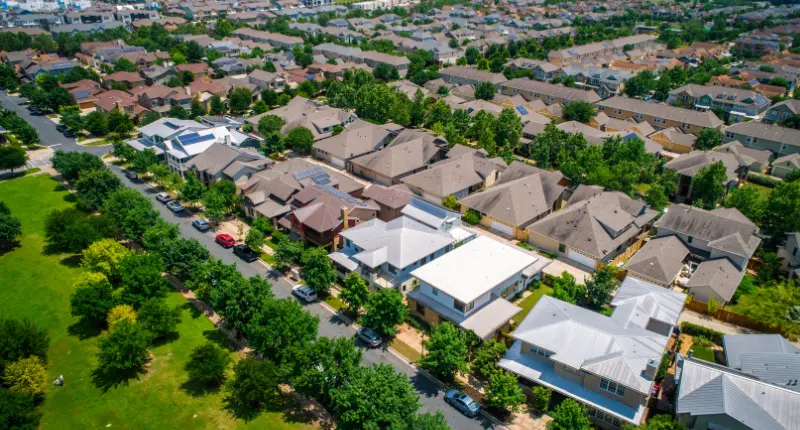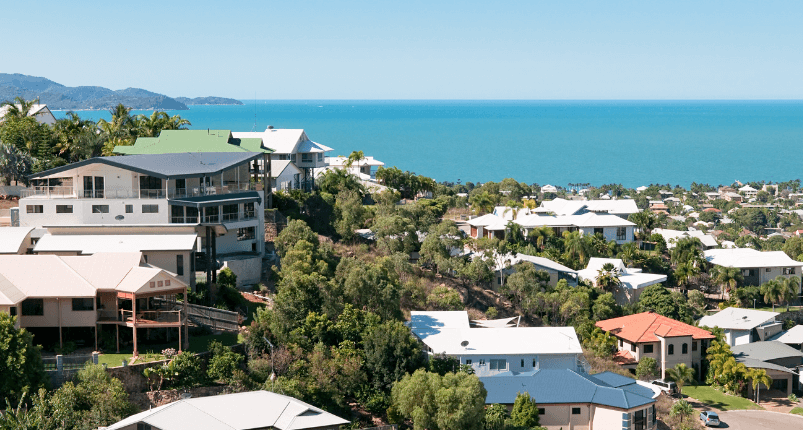- CPI was 3% for the year-to-September 2021
- New housing costs and fuel drove the increase
- New housing rise the steepest since 2000, when the GST was introduced
The rise of new housing and fuel has pushed inflation to 3% for the year September, according to data released today by the Australian Bureau of Statistics (ABS).
On a quarterly basis, CPI rose by 0.8%.
This is the first time both the annual consumer price index (CPI) – essentially, a bucket of goods and services used to measure inflation – and trimmed inflation have both been above 2% since September 2015.
The alter refers to excluding large, one-off factors influencing inflation, such as the free childcare measures introduced by the government last year.
The Reserve Bank (RBA) has a target rate of 2-3%.
This has been driven by a 1.6% rise in new housing costs and a 10.4% rise in transport, as well as a 6% rise in furnishings, household equipment and services.
The high levels of building construction activity, combined with material shortages and supply disruptions, fuelled the increase in new dwelling prices, which is the highest since September 2000, the year the Howard Government introduced the Goods and Services Tax.
This is below the 3.8% rise in CPI in the year to June 2021. However, this takes into account the recovery from the pandemic-induced recession last year, where inflation fell to -0.3% in the year to June 2020.
Supply disruptions fuel inflation across the board
It should be noted inflation doesn’t consider existing house or land sales – but it does include the cost of building new dwellings.
“Construction input costs such as timber increased due to supply disruptions and shortages. Combined with high levels of building activity, this saw price increases passed through to consumers,” explained Michelle Marquardt, ABS’s head of price statistics.
“Rising fuel prices also contributed to the September quarter CPI increase, with the CPI’s automotive fuel series reaching the highest level in its half-century history.”
Michelle Marquardt, ABS head of price statistics
Currently, the average price of unleaded petrol (91 Octane) nationally is 153.85 cents, near the record high in 2014 of 154.8 cents.
To put this into perspective, the June 2020 quarter recorded an average low of 110.49 cents per litre – meaning a 36% rise has occurred.
Rent prices are included in CPI, with Ms Marquardt noting a two-speed rental economy was apparent across the September quarter.
“Low vacancy rates drove price rises in Brisbane, Adelaide, Perth, Hobart, Darwin and Canberra, while high vacancy rates, particularly for inner cities properties, saw rental prices fall in Sydney and Melbourne on both a quarterly and annual basis,” she explained.








